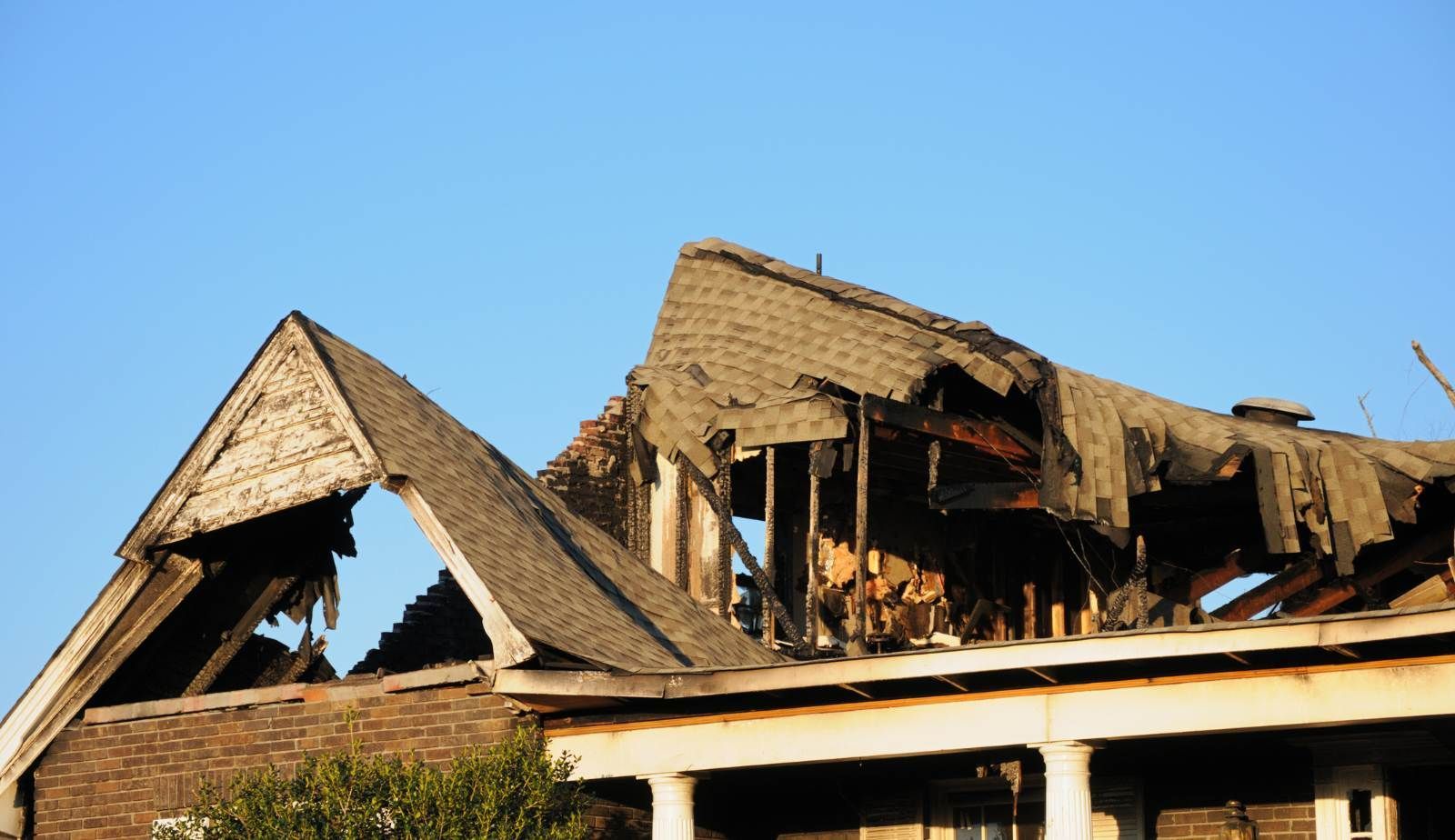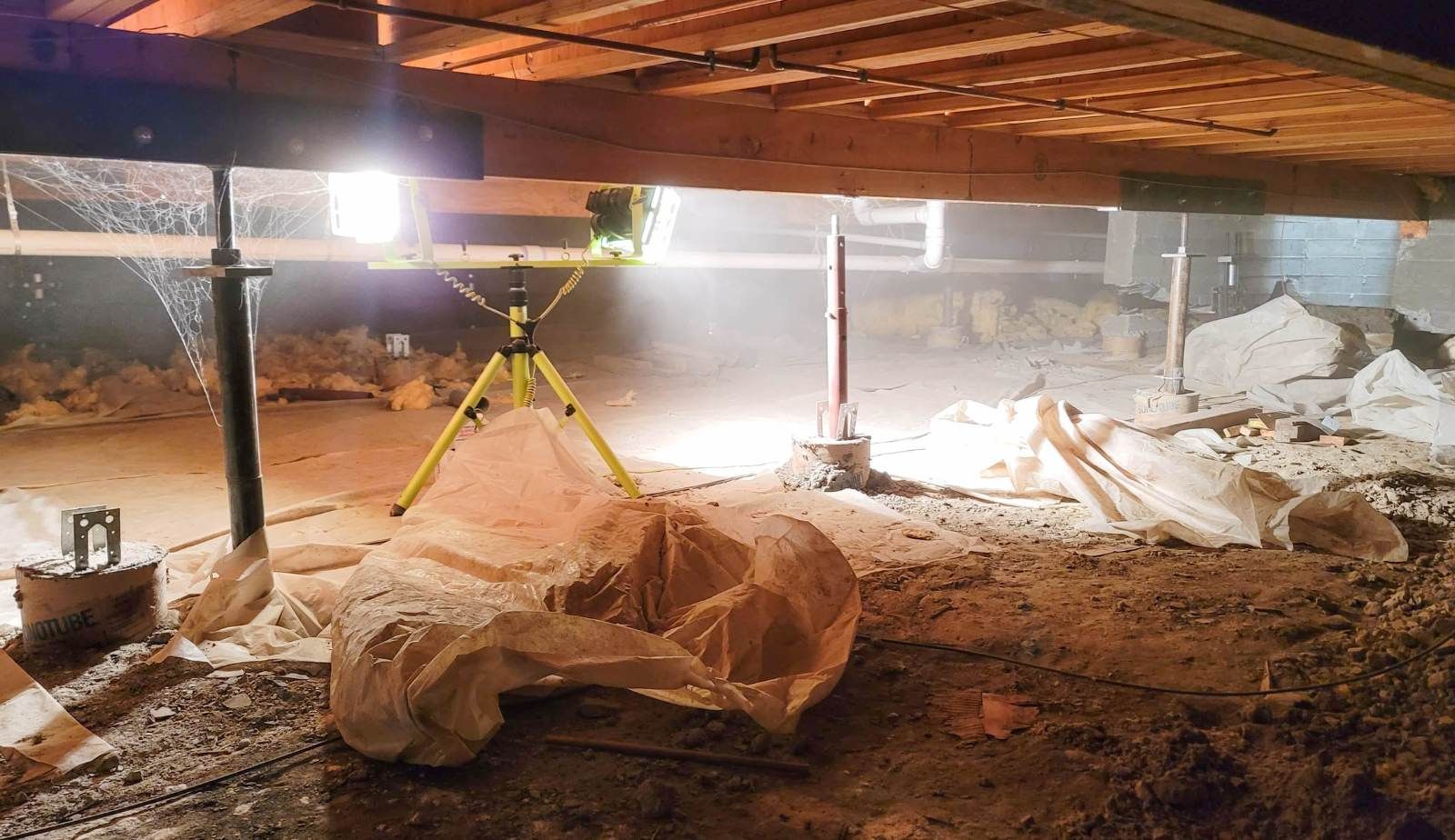Managing Water Damage During The Atlantic Hurricane Season
June is the official start of the Atlantic Hurricane Season, and the NOAA is forecasting an above-average hurricane season this year. With that in mind, local Louisiana property owners should be prepared for the for the potential upcoming storms – go through your hurricane preparedness checklists and be ready to react quickly just in case you have to manage any property damage.
In the aftermath of a storm, mold damage and water damage are common issues for Louisiana residents, business owners, and property managers. When coupled by heavy rainfall, hurricane winds can damage roofs and windows -- resulting in water intrusion, flooding and water damage. Flooding caused by storm damage requires immediate removal by emergency water restoration professionals. Standing water needs to be extracted, water damage building materials needed to be removed and the remaining structure needs to be dried out. Untreated water damage can lead to significant property damage and widespread mold contamination. If there is enough moisture, mold can grow and spread in as little as 24-48 hours.
Mold & Water Damage Prevention Following a Hurricane, Tropical Storm or Long Periods of Heavy Rainfall
Often times, despite all the preparation, storm damage is inevitable and out of the homeowner’s control. However, homeowners can control the spread of the damage by reacting quickly and taking the right steps to begin the cleanup and restoration process in a timely manner. Property owners can minimize the water damage and prevent mold growth by paying attention to underlying moisture concerns, installing adequate moisture control, and reacting immediately to major water damage events.
Because no one can control the weather or the water from storms or hurricanes, the most important thing to do during a major storm is to monitor your interior for signs of potential moisture buildup or water infiltration. Additional damage can be avoided by responding quickly to signs of issues in the early stages.
- Roof: Roofs can be damaged by hurricane winds – add some rain and you now have a leaky roof. Serious roof leaks, during a storm, will typically present visual sign at the interior. Homeowners should make a note of any shingles that are missing, discolored, or damaged. Monitor for any visible evidence of water damage, mold, or decay, such as cracks, soft patches, or any other evident signs of underlying issues. Property owners in Louisiana should inspect their roof at least twice a year and perform any necessary maintenance outside of hurricane season. A properly maintained roof not only protects the building structure during hurricane season, but it also extends the roof's lifespan.
- Gutters & Downspouts: Gutters and downspouts have to work overtime during hurricane season, so gutter maintenance is very important. Gutters play a critical role in draining and redirect water away from the building structure. All gutters and downspouts should be clean, clear of debris and securely mounted. Roof damage and water intrusion could result from clogged gutters. Ensure that all downspouts are directed away from the home to avoid water accumulating near the foundation.
- Attic: You should inspect your attic for evidence of moisture and water damage after a tropical storm or hurricane. Corners and locations near vents are often the most vulnerable to damage, so these areas should be closely assessed. In Louisiana, attic mold and water damage are fairly common issues. Outside of hurricane season, property owners should inspect their attics for signs of issues on a regular basis as part of their usual property maintenance.
- Foundation: Exterior grading, drains, gutters, and downspouts should all be used to redirect rainwater away from the foundation walls of a structure. Check the area surrounding your foundation walls for any standing water. Water can leak in through even the tiniest of breaches, causing extensive water damage over time.
- Crawl Spaces:
If you have a crawl space, check it. If you notice evidence of water penetration, such as standing water or discoloration, you must act quickly. During hurricane season, crawl space flooding is typical after a storm. To avoid water damage and mold, flood waters must be drained as soon as possible. Long-term water penetration issues may necessitate crawl space waterproofing.
Emergency Water Damage Restoration After a Storm or Hurricane
In the event that a major storm or hurricane has left you with water damage, you need to contact a local water restoration company as soon as possible to begin the cleanup process. Professional water damage cleanup teams are specially trained to properly manage the aftermath of a storm or flood. Technicians will contain the damage, extract the standing water, remove water damage materials and begin the drying process to get your property back to its pre-incident conditions. DryMAx Restoration is a locally owned water damage restoration company in Ville Platte LA. We service all local communities in the surrounding areas. To learn more, call our mitigation specialists today – 337-428-3932.
You might also like
DryMax Restoration Blogs




